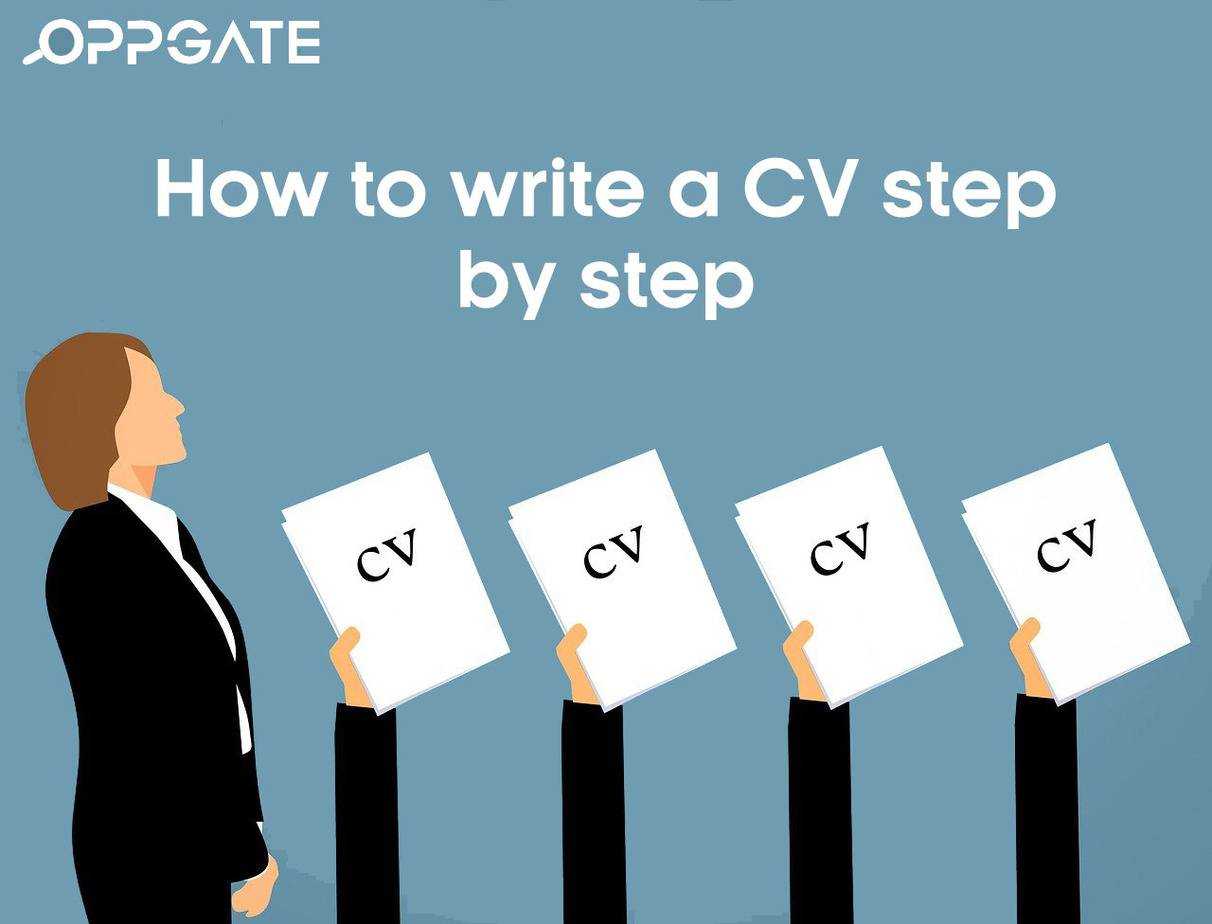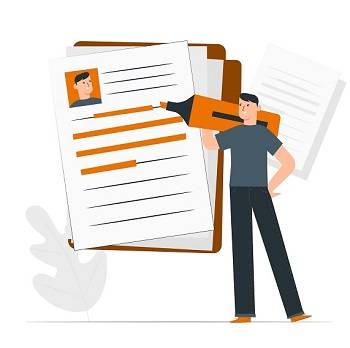Learning how to write a CV, is a necessary step whether for professional or academic purposes. So it is important to know what the content of a CV is and the different sections it contains.
Curriculum vitae or CV is a summary of what an individual has accomplished in his/her academic and professional life and it is used for different purposes including applying for jobs, scholarships, and more.
The CV lists the applicant’s academic achievements, including the educational level, the positions held in previous jobs, languages spoken, and some personal information. A resume may include the applicant’s previous research and publications or awards received.
Is the format of a CV the same way in all countries?
You may be surprised that the CV is written differently from one region to another since there are different standards and criteria for each region. For example, the use of a personal photo in a CV is not considered necessary in all countries, and it is not advised to include nationality, marital status, and personal photo in other countries such as the United States of America.
The CVs should serve as a professional insight and visualization of your skills and abilities in carrying out the job tasks
Continue reading the guide below to learn the following:
- How to write a resume from scratch even if you don’t have prior experience.
- Tips to help you get a good CV to increase your chances of getting the job.
- At the end of the article, we will provide you with 3 different professional CV templates in Word format.
Table of Contents
Why is having a CV important?
Nowadays, landing a good job has become very competitive. Hundreds of applicants compete for one job, making it difficult for you to reach your career goals.
A CV is extremely important since it is the first thing that is examined by the employer or the human resources department in a company. A poorly formatted CV can harm you and lower your chances of getting selected for an interview. So learning how to write a professional resume is necessary for your career prospects.
Imagine that you work in the human resources department and have to review over 300 job applications. You certainly won’t spend more than a few seconds doing an initial check on the CVs in front of you. Thus, the first impression of your CV is the most important key to having a good CV.
Submitting a properly organized CV will convince the examiner to spend more time reading your profile. The following points summarize the importance of the CV:
- It is considered the most important document when applying for jobs.
- The first thing that is looked at in your file.
- It provides an impression and summary of your skills and personality.
- It can qualify you for a personal interview with the employer and an opportunity to talk about your skills in person
CV components
In order to learn how to write a CV, it is important to become familiar with the main components of a CV. Noting that the components of a CV can vary according to the purpose/ entity for which the CV is presented. In general, most CVs contain the following Sections:
- Personal information and career objective.
- Qualifications.
- Previous job experiences.
- Areas of expertise.
- Research and scientific articles published.
- Awards and scholarships obtained.
Languages and software programs.
- Volunteering experiences, conferences, courses, hobbies.
- References.
The above contents are of different order depending on the purpose for which the résumé is being submitted to. For example, It might not be useful to mention that you attended an engineering course when you intend to apply for a job as a “designer” at an advertising company.
We will try to list all the main contents and how to list them in this article
How to write a CV
want to have a good CV, but I have a lot of information… I attended dozens of courses and conferences, and I don’t know if adding would benefit me. Where do I start? How ?! I have never written a CV previously!
These are questions many fresh graduates who are looking for work, or who wish to apply for master’s scholarships tend to ask. Don’t worry, we will try to help simplify the process of writing a CV step by step for you, but before we do that, you must answer the following questions:
– Where am I submitting this CV?
The format and arrangement of the information vary according to the entity you intend to apply to. Are you submitting the CV to a private company, to a public university, or for a scholarship?
Do I write my CV in English?
Most companies – even Arabic ones – ask for a CV in English. So make sure to check with the entity you are applying to regard the required language of the CV.
After answering the above questions, you can start writing your CV by following the steps below. As an example, we’ll assume that you intend to apply for a management position in a company.
- Collect all your personal information and write it down on your computer. Make sure to gather all information related to your job experiences including dates and positions. Don’t bother organizing the information at this step, just collect them in a word document.
- In the second step, make a copy of all the information you wrote down, and start the process of filtering and arranging according to their importance. Remember that your goal is to have a short CV.
Order the information you have according to the following steps:
How to write a CV step by step?
- Personal information: includes the applicant’s name, email, phone number, and contact address.
- Educational qualifications: must be arranged from the most recent to the oldest. List the educational institution from which you graduated, the degrees you obtained, the date of graduation, and the city and country of the educational institution (school, institute, college, or university) must also be mentioned.
- Previous jobs: starting with your current job, if available, or the most recent job. Make sure to mention the job position you had and the most prominent tasks that you performed in bullet points, with the date of start and end for the job position.
- Courses and Certifications: Only list the courses that are related to the job you intend to apply for. Do not list all the courses or workshops that you have participated in. In this section, you can also mention that you got a TOEFL or IELTS certificate if you have any, or in the section of the languages that you are fluent in.
- Languages: Mention your native language and the languages you speak, and determine your level of proficiency in it.
- Conclude the CV by attaching the information of two or more people as your recommenders. They should have sufficient knowledge of your skills and expertise. They may be contacted by the entity to which you will apply.
This was a step-by-step How to Write a Resume for Beginners. Below you find resume templates ready to be edited. You can use it and create your first CV.
CV Word Templates
You can download free ready-to-use resume templates from the links attached below. These templates come in different formats (Word, PowerPoint). You can easily edit, add or delete any section.


